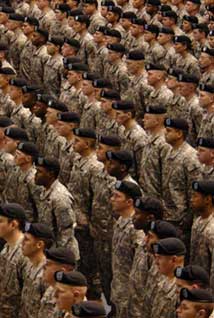Slack can be great for improving workplace communication, but it can also be a collosal distraction for everyone. Tens or hundreds of channels and DMs, and an expectation of near immediate replies…
With so much communication going on, how can anyone get any work done?
After giving this a lot of thought, one simple fact has occurred to me: every time I post anything to slack, I have chosen to take a little piece of someone’s time away. It might only take a few seconds to read a one-line message. An emoji or gif posted in reaction to another comment may only take a moment to glance at. But each one of those messages adds up, and together they create work and distraction for your colleagues.
Every message
, even just an emoji, creates a notification on your colleague’s computer. A message posted in an open channel creates that notification for everyone who is in that channel.So each gif only takes a moment to glance at. But let’s do the math: let’s say there are 50 people in a channel – that’s 50 people who need to spend a little bit of mental energy clicking on the channel and consuming your gif. But remember it’s not just the time spent looking at the gif itself – it’s switching tabs to Slack, switching to that channel, looking at the gif, and then probably responding. So let’s round it up and say it takes 10 seconds. (This doesn’t account for the cost of task switching, which is a whole different topic).
10 seconds x 50 people: 500 seconds
, or 8.3 minutes. And how many gifs are sent a day? 50? 100? The numbers quickly add up.To that end, I came up with a few simple rules of engagement for Slack, to be considerate of everyone’s time and distraction:
- Use public channels for communications that are relevant for everyone. Don’t waste people’s time and attention with messages that aren’t relevant for everyone in the channel. Use a DM instead.
- Reply to messages only when a reply is really needed. If it’s important that the other person knows that you’ve read the message, use an emoji “response” instead, which does not create an unread notification on the channel.
- If you want to reply to someone who posts in an open channel, but the reply is only relevant to that person, don’t reply in the main channel – start a thread instead. That way, the reply won’t create an unread notification for everyone in the channel. Bonus points: don’t reply to the person on the channel at all; use a DM instead.
- Think twice before posting a gif to an open channel. Yes, they’re fun and all that – but they are also massive distractions.
- If you are writing a longer response, don’t hit ‘ENTER’ until you’re finished. That way, the recipient will receive only one notification, and only when the message is finished. Otherwise, the recipient gets pulled in after the first line, and sits there waiting, staring at the “Will is typing…” message and wondering what is coming next… which is a huge waste of time.
- Only reply to messages in open channels when you have something useful to say. The number of messages you post in open channels is not a measure of your productivity. (Rather, it tends to be the opposite).
With every message you send on Slack, you have unilaterally decided to take a little piece of time and attention away from one or more people. Use this power over your colleagues wisely!
